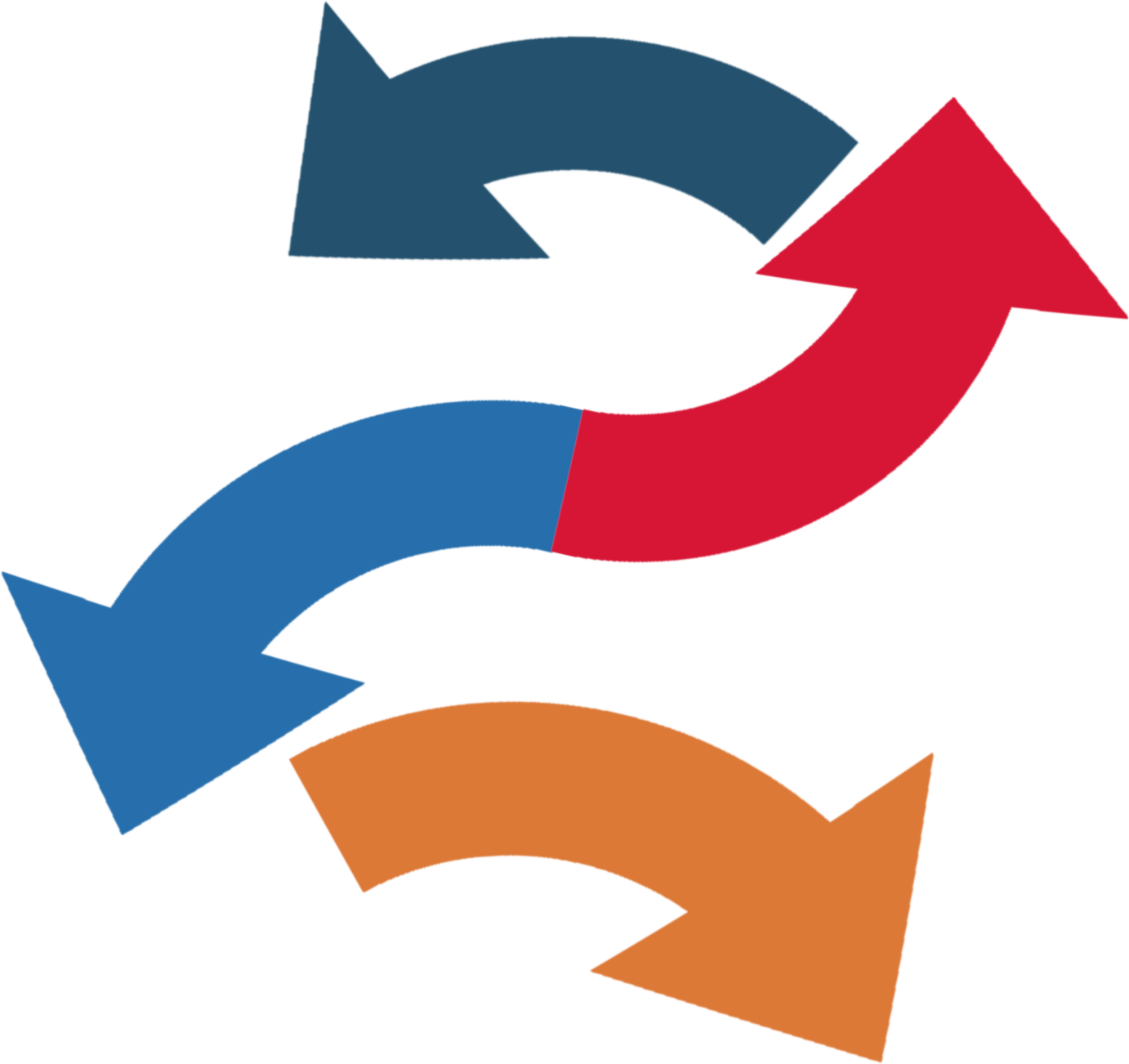Agile and Scrum: What They Are (and Why They’re Not Just for Software Nerds)
When you hear “Agile” or “Scrum,” you probably picture software developers in hoodies, huddled around whiteboards covered in sticky notes, arguing about the meaning of “done.” And yeah—that’s where these frameworks got their start. But the principles behind Agile and Scrum go way beyond coding.
At their core, Agile and Scrum are about working smarter, staying flexible, and delivering real results—fast. Which means whether you’re launching a business, changing careers, or revamping your personal life, these methods can turn your vague ambitions into actual progress.
Here’s the breakdown—no corporate jargon, no tech-speak—just a clear map for how Agile thinking can revolutionize how you tackle your goals.
Agile in a Nutshell: Responding to Change Over Sticking to a Plan
Agile isn’t a system; it’s a mindset. It’s what happens when you stop pretending the world is predictable and start working in a way that adapts to reality—because no plan survives first contact with the real world.
The core ideas come from the Agile Manifesto (yes, it has a manifesto—software people love a manifesto). Boiled down, it says:
- People > Processes – Focus on collaboration, not rigid systems.
- Working Stuff > Perfect Stuff – Done is better than perfect.
- Flexibility > Fixed Plans – Adapt fast when things change.
- Feedback > Guesswork – Let real-world results shape your next move.
In short: Stop over-planning. Start doing. Adjust as you go.
Scrum: Agile’s Practical, Get-It-Done Framework
If Agile is the philosophy, Scrum is the “how-to” manual. It breaks big, messy projects into small, manageable chunks—because it’s easier to steer a moving ship than one stuck in the harbour.
Here’s how it works:
- Backlog – A prioritized list of everything you want to achieve (think: goals, tasks, wish-list items).
- Sprints – Short, focused work cycles (usually 1-4 weeks) where you tackle a bite-sized portion of the backlog.
- Daily Stand-Ups – Quick check-ins to keep everyone aligned and moving forward.
- Sprint Review – A “show-and-tell” where you present what you accomplished.
- Retrospective – A post-sprint reflection: What worked? What didn’t? What’s next?
The beauty of Scrum? You don’t wait until the end to deliver value. Instead of grinding away for months and hoping it works, you’re constantly delivering, testing, and improving.
Agile for Life Coaching: Iterating Your Way to a Better You
So, how does this nerdy project management stuff apply to life coaching? Simple: Life is unpredictable. Plans fail. Agile thinking helps you keep moving anyway.
Here’s how to use Agile and Scrum to tackle personal growth and life goals:
✅ Step 1: Build Your Life Backlog
Think of your backlog as a brain dump of everything you want to achieve. Big goals, small goals, random dreams—throw it all in.
Want to change careers? Improve your relationships? Finally write that book? Put it on the list. Don’t worry about order—just capture everything.
👉 Coaching Hack: Prioritize the list. What’s urgent? What’s important? What’s a “nice-to-have”? Focus on the stuff that moves the needle.
🚀 Step 2: Sprint Toward Your Goals
You can’t overhaul your life in one go. But you can make progress in focused chunks. That’s where sprints come in.
Pick 1-3 high-impact goals from your backlog. Give yourself 2-4 weeks to tackle them. No perfectionism—just progress.
Examples of life sprints:
- Map out your career switch in 3 weeks.
- Build a morning routine in 2 weeks.
- Improve your communication skills over 4 weeks.
👉 Coaching Hack: Keep sprints small and achievable—aim for momentum, not perfection.
🔄 Step 3: Reflect, Adapt, Repeat
At the end of each sprint, pause and reflect:
- What did you accomplish? Celebrate wins—small victories fuel long-term change.
- What got in your way? Identify friction points—distractions, fears, habits.
- What’s next? Use what you learned to shape your next sprint.
👉 Coaching Hack: Treat setbacks as data, not failure. Agile isn’t about being perfect—it’s about improving as you go.
📣 Step 4: Hold Agile Check-Ins
Skip the long-winded life reviews. Instead, use Agile’s stand-up model for quick, regular progress checks.
Ask yourself:
- What did I do yesterday? (Or last week?)
- What will I do today? (Or this week?)
- What’s blocking me? (And how do I fix it?)
👉 Coaching Hack: These micro-check-ins keep you focused and honest—no more “someday” excuses.
🧰 Step 5: Keep the System Flexible
Rigid plans break. Agile systems bend with reality. If a goal no longer fits your life, reorder the backlog and pivot.
👉 Coaching Hack: Regularly review and re-prioritize. Don’t waste energy chasing goals that no longer serve you.
Why Agile and Scrum Work for Personal Growth
- It’s Action-Oriented – Less talk, more do.
- It’s Flexible – Life changes—so can your plan.
- It’s Fast – Progress in weeks, not years.
- It’s Reflective – Regular reviews mean you improve as you go.
- It’s Accountable – Small, clear goals = real results.
Final Word: Iterate Your Way to a Better Life
You don’t need to know every step of the journey to get started. Agile and Scrum let you start messy, learn fast, and improve as you go.
So, whether you want to switch careers, launch a business, or just finally organize your chaotic life—work in sprints, review often, and keep moving forward.
The future belongs to those who iterate. Why not start now?

